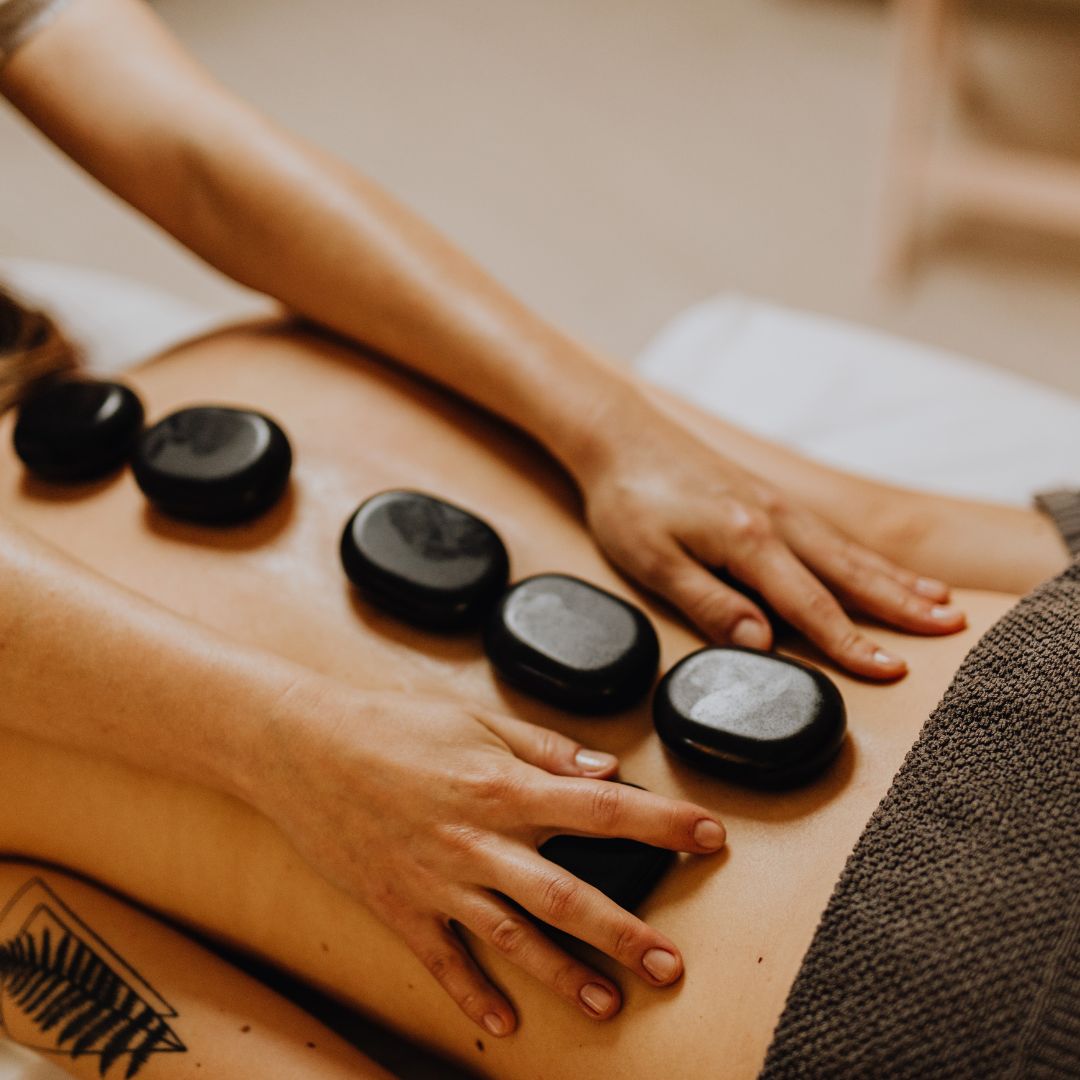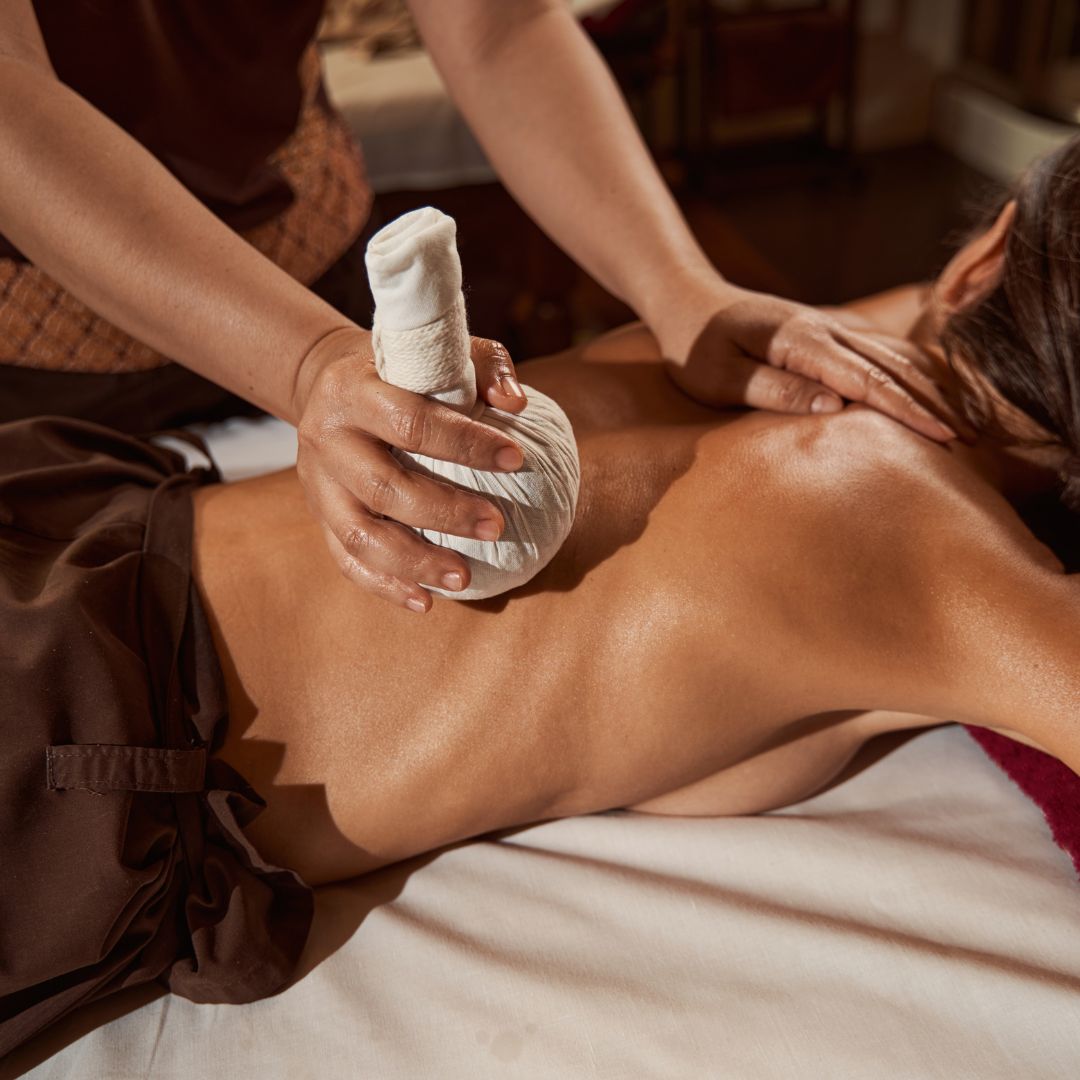Thai massage, or Nuad Thai, is more than a therapeutic art—it is a cultural heritage shaped by centuries of tradition, belief, and healing wisdom. Its philosophy is deeply intertwined with Buddhist principles, Ayurvedic medicine, and an intuitive understanding of the body’s natural energy pathways.
In bustling Bangkok, where tradition and modernity coexist, Thai massage continues to thrive as both a holistic healing modality and a living legacy. This article explores the philosophy behind Thai massage and how its heritage creates a symphony of practices that support physical, emotional, and spiritual well-being.
The Roots of Thai Massage Philosophy
Thai massage is believed to have been developed over 2,500 years ago by Shivago Komarpaj, a physician to the Buddha. It draws from Indian Ayurvedic medicine and traditional Chinese medicine, focusing on balance within the body.
Central to the practice are the “Sen Sib,” or ten energy lines, through which vital life energy flows. Blockages in these lines are believed to cause illness and discomfort. The practice of Thai massage aims to free these blockages through rhythmic pressure, stretching, and movement, restoring harmony to the body.

Spiritual Foundations in Buddhism
Thai massage is often seen as an act of compassion. Practitioners are trained to approach their work with mindfulness, gratitude, and metta (loving-kindness), reflecting Buddhist teachings. Before beginning a session, it is common for Thai massage therapists to perform a short prayer or meditation, centering themselves and setting positive intentions.
This spiritual element distinguishes Thai massage from other therapeutic modalities, bringing an added layer of elegance to the experience—one of connection and healing for both therapist and client.
Sen Sib: The Pathways of Energy
At the core of Thai massage is the belief in energy lines that run through the body. These lines do not correspond to anatomical structures but instead represent channels where life energy, or “lom,” circulates.
Techniques such as palming, thumb pressure, and stretching target these pathways to stimulate energy flow and relieve physical and emotional tension. The result is not only physical relief but also mental clarity and a renewed sense of vitality.

The Role of Intuition and Touch
Unlike rigid protocols in Western medicine, Thai massage relies on the practitioner’s intuition and sensitivity to the body. Therapists are taught to feel the body’s energy and adjust their techniques accordingly.
Each session is personalized, with careful attention to the client’s unique condition and needs. This dynamic, responsive approach contributes to the therapy’s effectiveness and its enduring appeal.
Cultural Preservation in Modern Bangkok
In Bangkok, Thai massage continues to be a vital part of cultural identity. Schools like Nuad Thai School are dedicated to preserving this tradition while offering rigorous training that includes both theory and hands-on practice.
Students not only learn techniques but are also immersed in the philosophy and values that underpin the practice. As Bangkok modernizes, these institutions serve as bridges between the past and the present, ensuring that the healing heritage of Thai massage endures.
Conclusion
The philosophy behind Thai massage goes far beyond physical manipulation—it embodies compassion, mindfulness, energy awareness, and cultural reverence. In a city like Bangkok, where history meets innovation, Thai massage remains a treasured practice rooted in healing and tradition.
Whether you are a traveler seeking authentic experiences or a wellness enthusiast exploring holistic therapies, understanding the philosophy behind Thai massage deepens its impact and appreciation.
